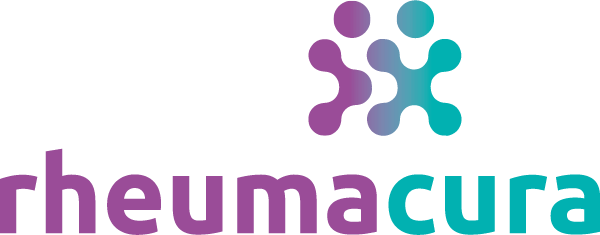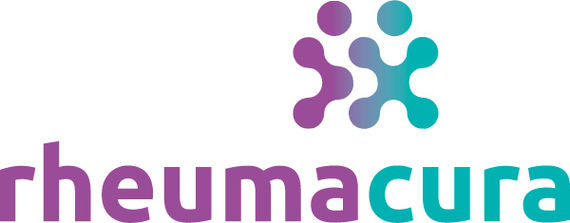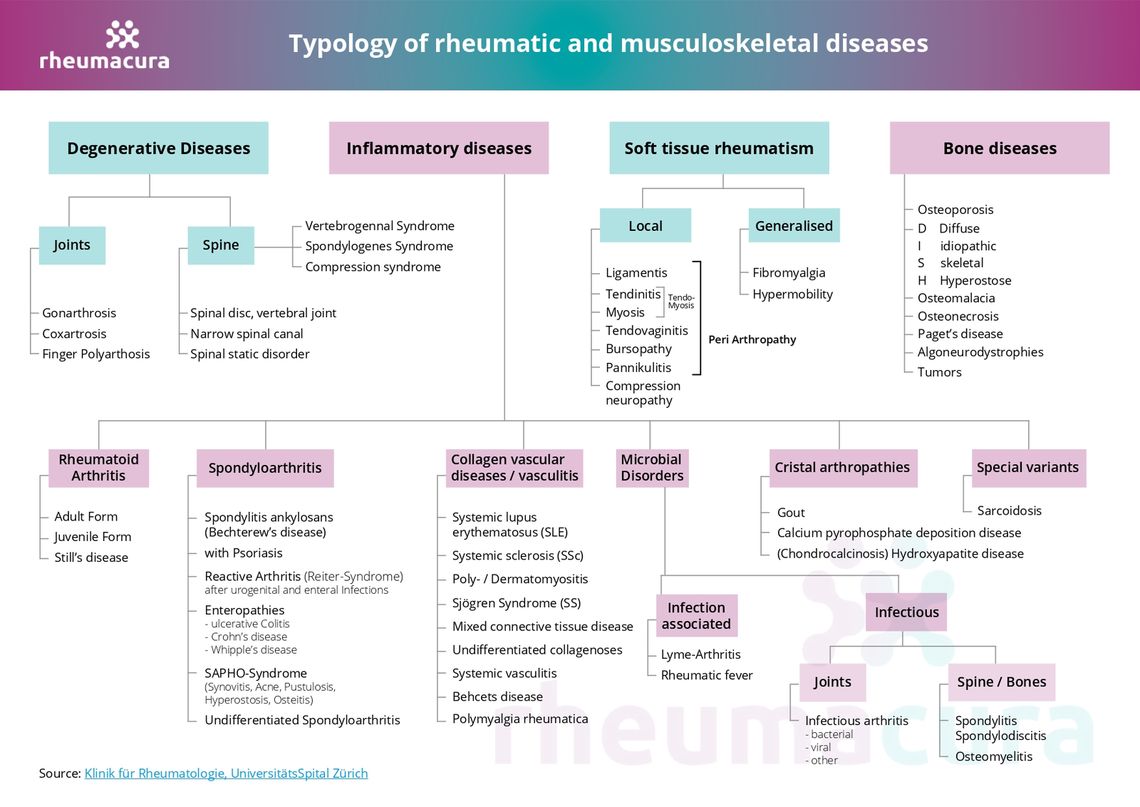Rheumatic and musculoskeletal diseases
What they are
Rheumatic and musculoskeletal diseases is a collective term for different bone and joint diseases. There are about 150 different conditions, which can be divided into four categories: degenerative, inflammatory, soft-tissue and bone diseases.
They affect people of all ages, sexes and races. Many of these diseases run in families. Most can be treated to relieve the symptoms or slow the progress of the disease, but rheumatic and musculoskeletal diseases cannot at present be cured.
Rheumatic and musculoskeletal diseases primarily express themselves as aches and pains in or around the joints. These are generally caused by inflammation or degenerative damage, which means that the affected joint cannot move smoothly as it should and causes pain, stiffness and swelling.
The symptoms may stay the same for years, or they may get worse over time. Severe forms lead to chronic pain, the inability to do normal activities or work, and permanent, irreversible joint changes. These changes may be visible, such as knobby finger joints or a bent spine, but often the damage can only be seen on X-ray. Some forms also affect the heart, eyes, lungs, kidneys and skin as well as the joints.
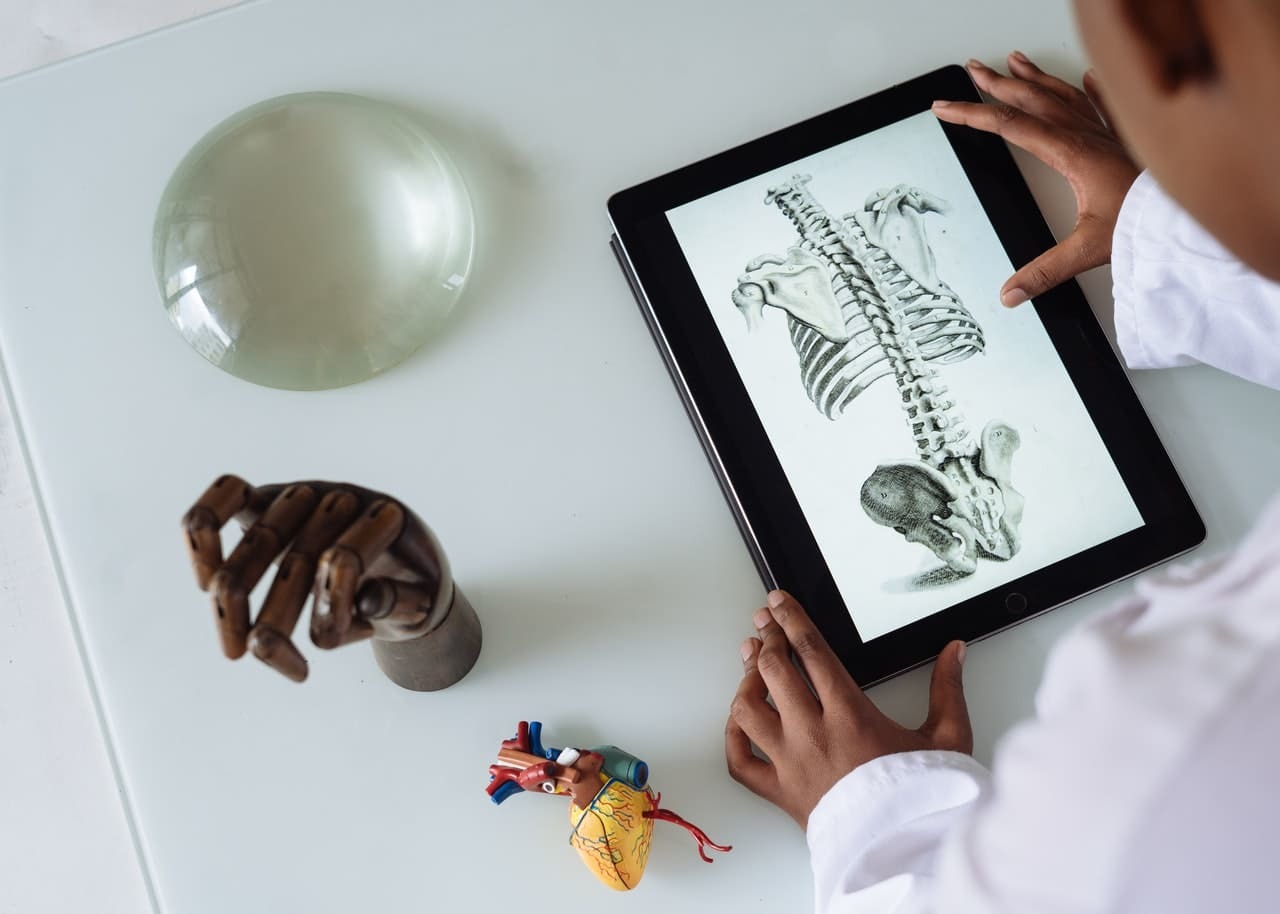
The most well-known form is Osteoarthritis, which is a degenerative disease leading to joint destruction and disability.
Examples of inflammatory forms of arthritis are rheumatoid arthritis, axial spondyloarthritis and psoriatic arthritis, forms of vasculitis such as Scleroderma or Lupus, and gout.
Soft tissue rheumatism includes the Fibromyalgia-syndrome. The most common bone disease is Osteoporosis.
The University of Zürich has summarised the most common forms in a chart.
If you are looking for detailed information on specifics diseases, please refer to the information page where we provide links to reliable information sources.
Prevalence and cost
Rheumatic and musculoskeletal disorders are the leading contributor to disability worldwide. It is estimated that over 2 million people in Switzerland, or ¼ of the population suffer from one of these diseases. This is consistent with rates observed in other Western countries.
Most rheumatic and musculoskeletal disorders are more common among women and some, such as Osteoarthritis, become more frequent as people get older. Therefore, as the Swiss population ages, their incidence is increasing.
However, it is a mistaken belief that RMDs are only a concern to older generations. Rheumatoid arthritis and Spondyloarthritis each affect between 70'000-150'000 people of all ages. About 5’000 children under 16 suffer from forms of Juvenile Arthritis and other disorders an also start in childhood or early adulthood.
Due to their diverse symptoms and a lack of understanding of their complexity, exact diagnosis is often difficult, and patients may wait many years for recognition of their disease and appropriate treatment.
Direct medical and indirect costs of non-communicable diseases in Switzerland
The exact number of people affected by a rheumatic and musculoskeletal disease is not known. An important proxy for the burden of disease in society are their financial costs.
Studies have shown that these diseases result in the highest total health costs of all non-communicable diseases in Switzerland: of up to CHF 23 bn annually according to government estimates for 2011.
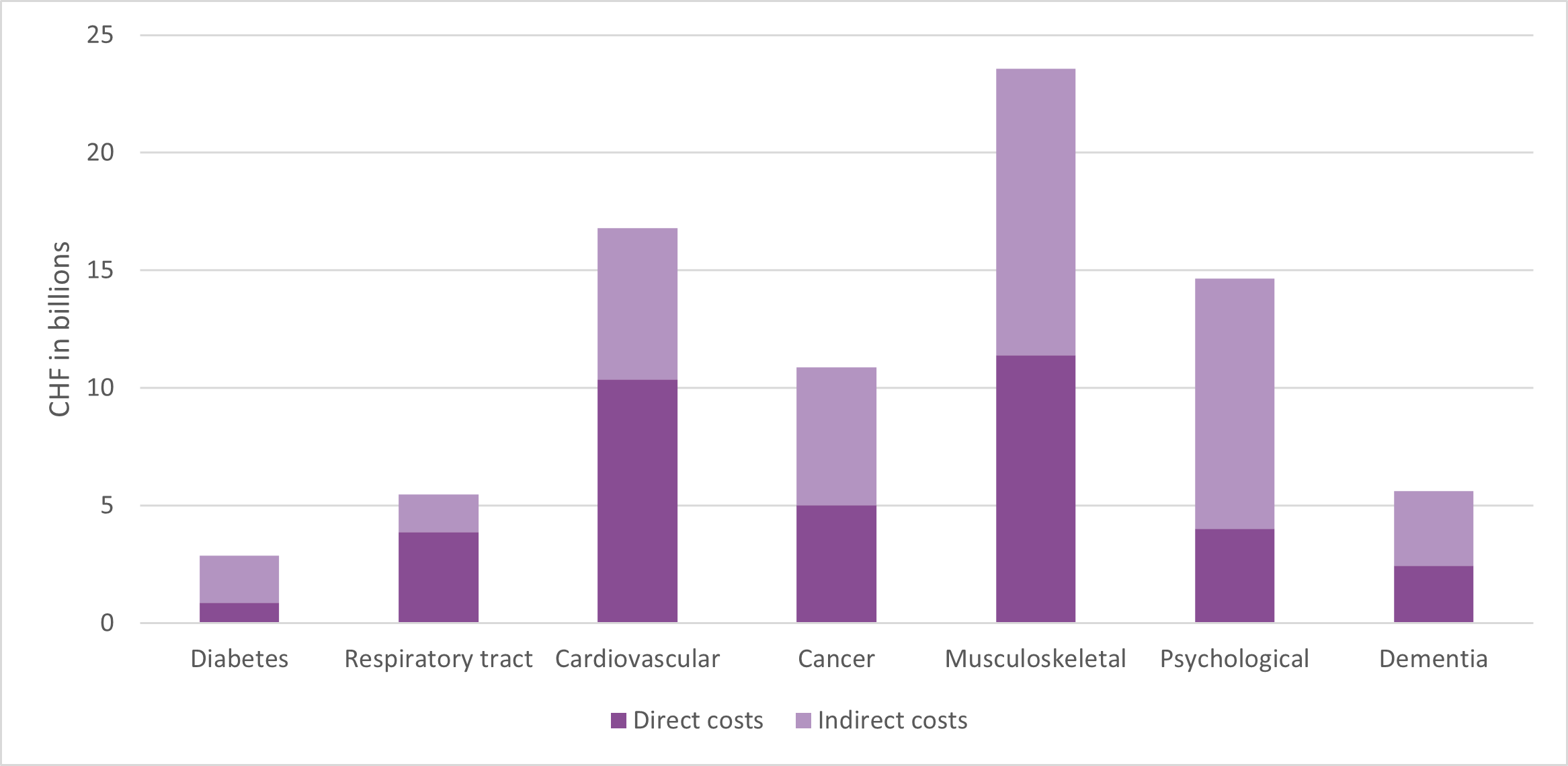
Source: S. Wieser et al. Winterthur Institute of Health Economics, ZHAW, University of Zürich and Polynomics, 2013
Typology of rheumatic and muscoloskeletal diseases
If you want to download it, you will need to fill out a form.
How research can help
Many basic questions relating the causes, cures and prevention of rheumatic and musculoskeletal diseases remain unanswered. Priorities set by patients will define our research agenda.
The concerns that patients raise concerning their care and treatments are the expression of unmet needs. However, such unmet needs are not yet research themes. Patient concerns will need to be interpreted, sorted and turned into a list of indicative questions for research. This will be a central task for a transdisciplinary group led by RheumaCura to turn the needs expressed by patients into questions that scientists can address.
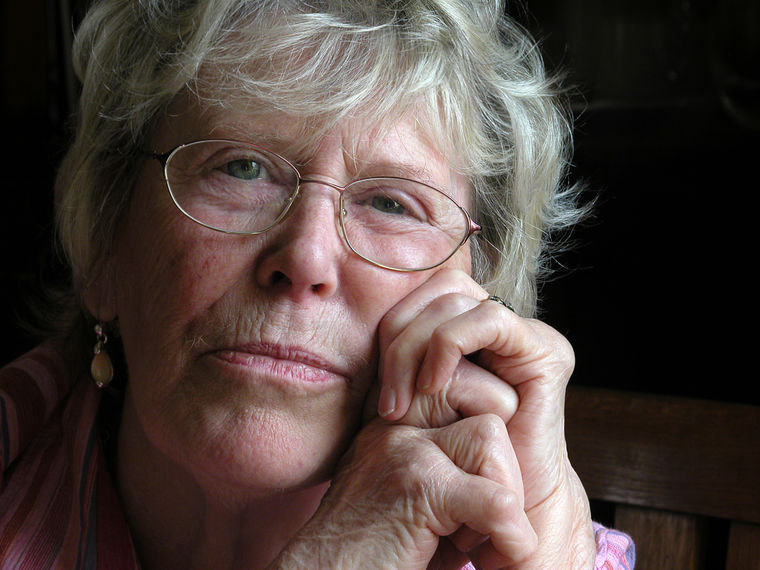
Here are some ways that open questions could be addressed.
-
Why do so many rheumatic and musculoskeletal diseases run in families?
The human genome has been deciphered, and many risk genes for rheumatic and musculoskeletal diseases have been found. The function of these genes, however, has not been systematically researched with respect to these diseases.
-
Do environmental factors such as pollution, trauma, stress or diet cause rheumatic and musculoskeletal diseases?
Epigenetics is the study of how behaviour and the environment can change the way that genes work and perhaps cause disease.
-
Why are women more affected by rheumatic and musculoskeletal diseases than men?
In the past gender differences were not actively observed by research. It is time to close the gender gap in medical research and to understand the influence of gender on disease vulnerability.
-
Does living actively and practising sport affect rheumatic and musculoskeletal diseases?
If so, why and how does it help? What types of movement and sport help most, and how much movement should a patient do?
-
What is the influence of age and aging on the disease processes?
Rheumatic and musculoskeletal diseases affect all age groups, but the incidence of rheumatic and musculoskeletal diseases increases as the population ages.
-
How to better control pain?
Chronic pain is the predominant feature for sufferers and has a huge impact on well-being. Yet pain in rheumatic and musculoskeletal diseases is poorly understood. Until we better understand the mechanisms through which chronic pain is transmitted, it will be difficult to find ways to manage it better.
-
How to stop damage to joints?
Inflammation is a common feature of rheumatic and musculoskeletal diseases and the immediate cause of pain and joint destruction. Research in the fields of molecular cell biology and immunology will unravel the signalling and pathways that lead to inflammation.
-
How can the complete person - physically, psychologically, socially, and spiritually - be understood in the context of treating a rheumatic or musculoskeletal disease?
Interdisciplinary approaches will be central to finding answers to this question. Starting with research the entire health care system begins to understand that a holistic viewpoint is required to help to understand the complex interactions in rheumatic and musculoskeletal diseases.
Get involved!
RheumaCura is building a network to bring together people who are interested and support our work to make research more relevant to patient needs. We are inclusive and work together with all stakeholders.
We are part of a rapidly growing network of people in Switzerland who want to see more patient-centred medical research. Our focus is rheumatic and musculoskeletal diseases.
If you are interested to get involved, please contact us at info@rheumacura.ch to find out more.
